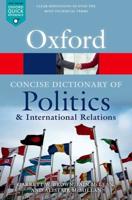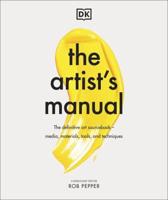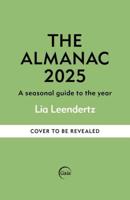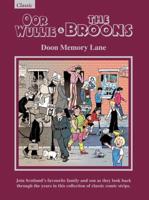Publisher's Synopsis
Excerpt from The Journal of Sociologic Medicine, Vol. 17: Continuing the Bulletin of the American Academy of Medicine; December, 1916
Again, a grammar school education no longer constitutes an adequate preliminary training for those who are to study medi cine. The student needs a knowledge of physics, of chemistry and of biology, in order to better understand the more complex medical sciences. He needs to study anatomy and pathology so he may differentiate between normal and abnormal structures and conditions and note the changes produced by disease; he must study bacteriology so as to understand the diseases caused by such micro - organisms; he needs physiology and physiological chemistry so he may understand the function and composition of the various secretions and substances of the body; he must study pharmacology so he can note the physiological action of various chemical and medicinal substances; he needs to study the various types of disease in dispensaries and at the bedside in hospitals, and while still under supervision he should further develop skill and reliability and round out his course of medical training by at least a year's experience as an intern, or resident physician, in a good hospital. A student who has followed this routine Course will usually be a safe, efficient and successful practitioner of medicine. If he desires to specialize in any particular class of disease or in any particular method of treatment, the course thus outlined should be followed by one or two years of study devoted to the desired specialty.
The educational standard now enforced in all leading nations, and which should be adopted in every state in this country, as the reasonable minimum requirement for those who are to treat the sick, includes.
About the Publisher
Forgotten Books publishes hundreds of thousands of rare and classic books. Find more at www.forgottenbooks.com
This book is a reproduction of an important historical work. Forgotten Books uses state-of-the-art technology to digitally reconstruct the work, preserving the original format whilst repairing imperfections present in the aged copy. In rare cases, an imperfection in the original, such as a blemish or missing page, may be replicated in our edition. We do, however, repair the vast majority of imperfections successfully; any imperfections that remain are intentionally left to preserve the state of such historical works.








